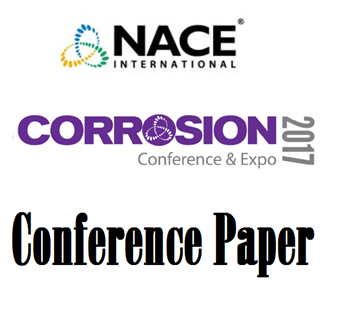Search
Naphthenic Acid Corrosion And Sulfidic Corrosion In Crude Oil Fractions
Also Purchased
Naphthenic Acid Corrosion in a High TAN Condensing Overhead System
Product Number:
51317--9095-SG
ISBN:
9095 2017 CP
Publication Date:
2017
$20.00
A Review of Naphthenic Acid Corrosion and Sulfidic Corrosion in Crude Oil Refining Applications
Product Number:
51319-13443-SG
Publication Date:
2019
$20.00
51316-7598-Naphthenic Acid and Sulfur Containing Crude Oil Corrosion: A Comparative Review
Product Number:
51316-7598-SG
ISBN:
7598 2016 CP
Publication Date:
2016
$20.00




